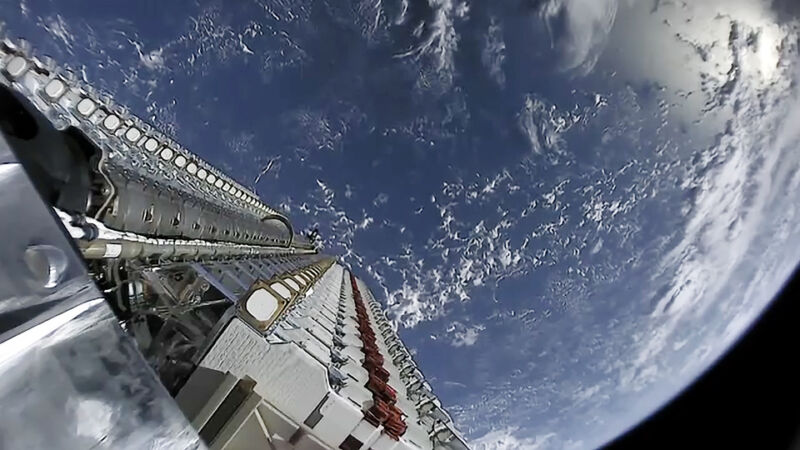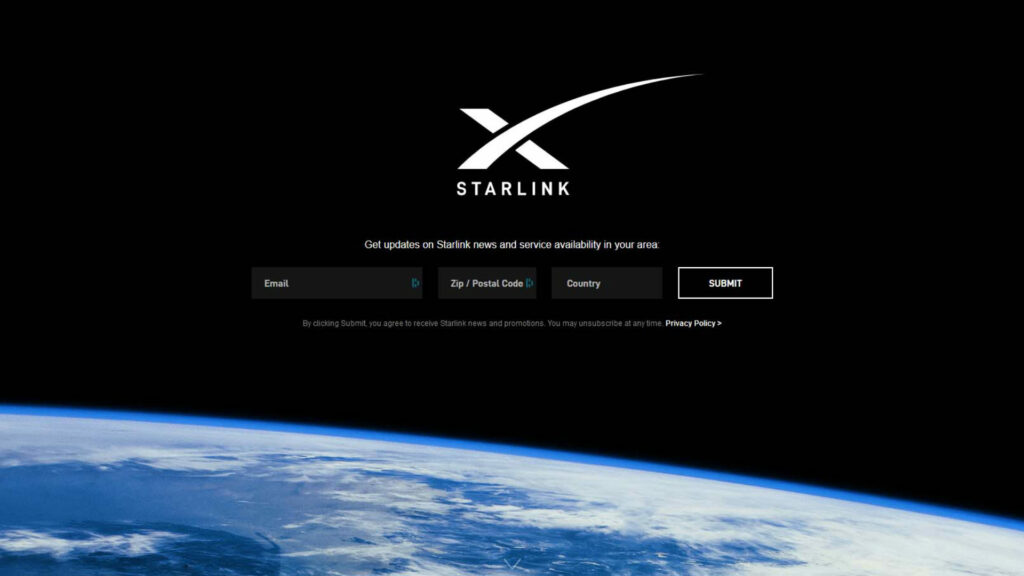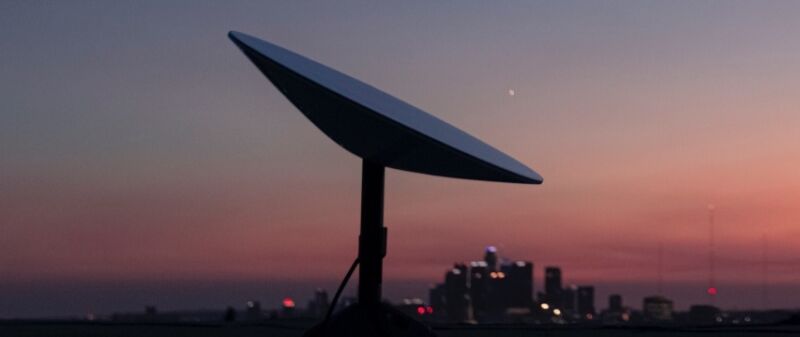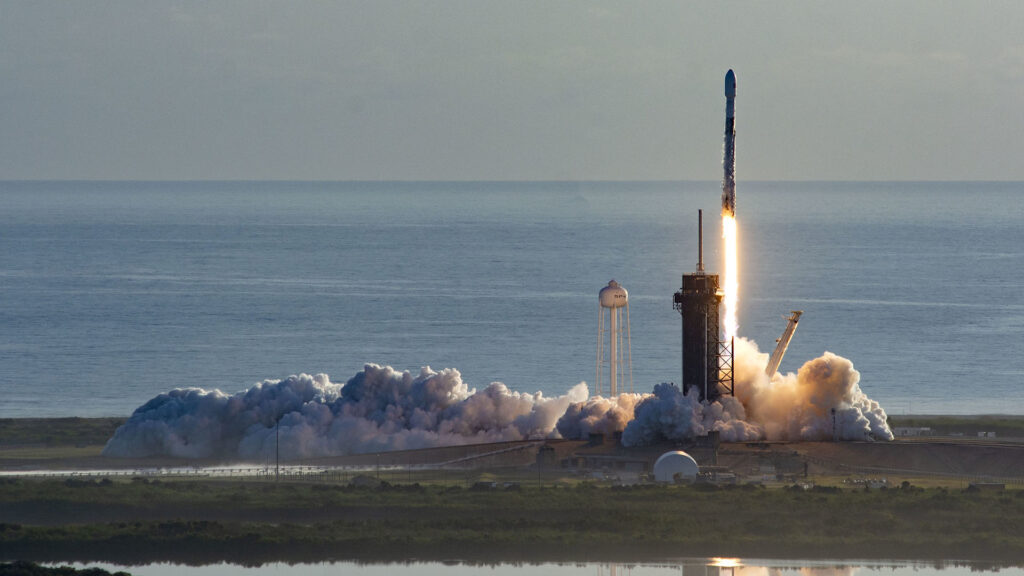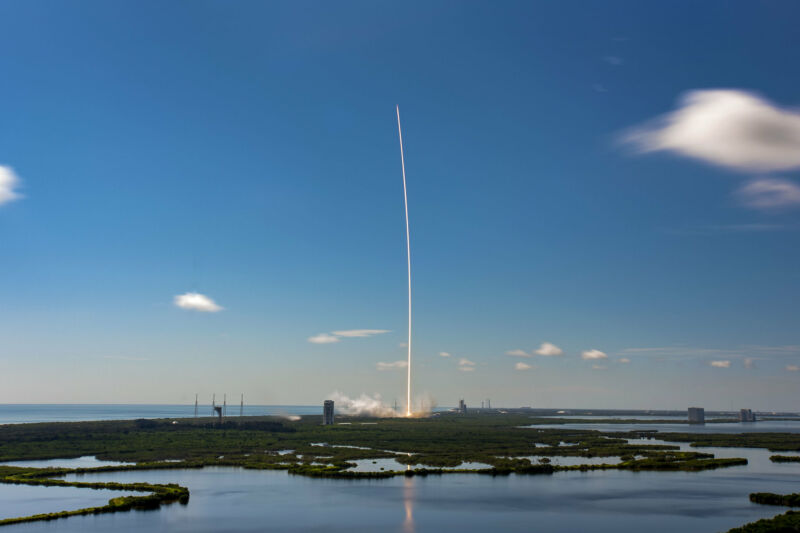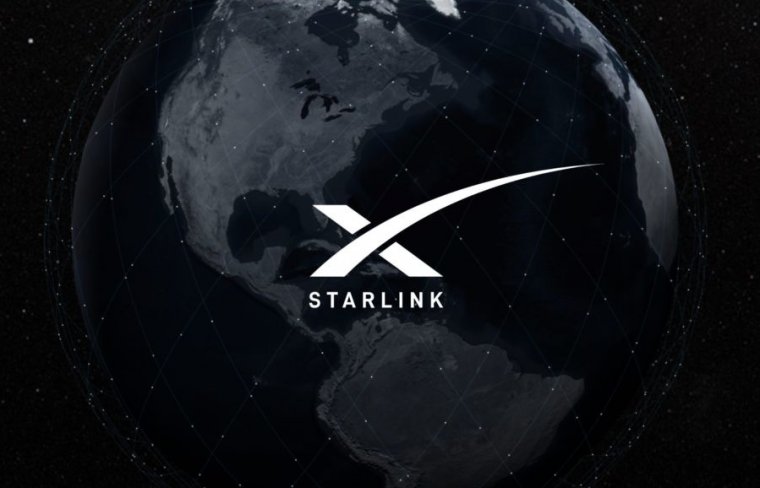-
 chevron_right
chevron_right
SpaceX misses its first Falcon 9 landing in two dozen attempts
Eric Berger · news.movim.eu / ArsTechnica · Tuesday, 16 February, 2021 - 15:31

Enlarge / At left, a glow can be seen on the horizon just as a Falcon 9 rocket was due to land. (credit: SpaceX webcast)
A Falcon 9 rocket launched from Cape Canaveral Space Force Station on Monday night carrying its payload of 60 Starlink satellites. After dropping off the second stage in a parking orbit, the first stage reentered Earth's atmosphere for a rendezvous with a drone ship stationed in the Atlantic Ocean.
Alas, the rocket never made it to the boat. The company's launch webcast included a video from the drone ship, Of Course I Still Love You , and a distant glow could be seen on the horizon when the rocket was due to land.
"We did get a little bright glow... no longer see a flame there... it does look like we did not land our booster," said launch commentator Jessica Anderson, a manufacturing engineer at SpaceX. "It is unfortunate that we did not recover this booster, but our second stage is still on a nominal trajectory."

